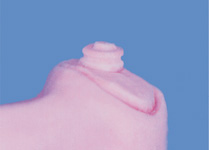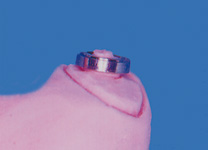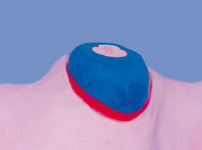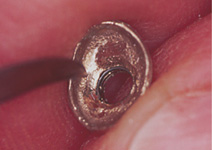 To be used on Titanium posts a Flex and Block for aligning and attaching the retention caps in parallel (as much as possible) on a mobile prosthesis, while in the mouth of the patient.
To be used on Titanium posts a Flex and Block for aligning and attaching the retention caps in parallel (as much as possible) on a mobile prosthesis, while in the mouth of the patient.
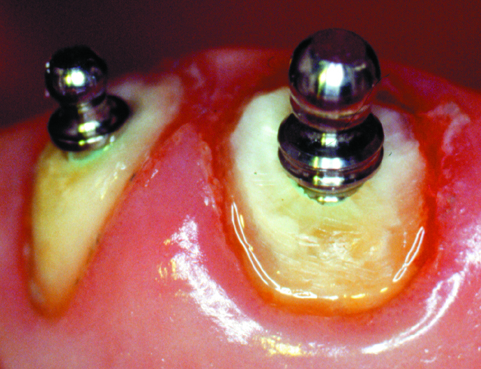
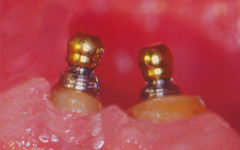
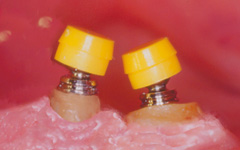
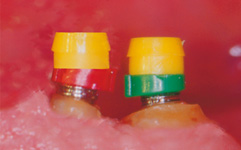
Titanium posts with Fixed Sphere For Temporary and definitive attachments
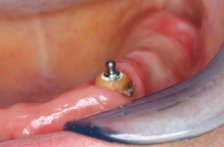 Temporary post fixed with oxyphosphate cement.
Temporary post fixed with oxyphosphate cement.
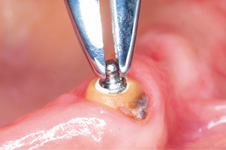 To remove the post from the root, grab the sphere with the pincers and rotate carefully in both directions.
To remove the post from the root, grab the sphere with the pincers and rotate carefully in both directions.
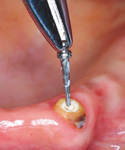 The post comes out easily due to the conical and smooth shape.
The post comes out easily due to the conical and smooth shape.
Flex and Block Titanium posts, coping cover for overcasting
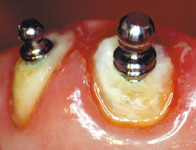 Clinic Phase 1: Impression
Clinic Phase 1: Impression
Adapte the roots until the collar of the post is totally uncovered and clean carefully around it.
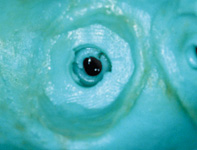 Clinic Phase 1: Impression
Clinic Phase 1: Impression
Take the impression that will be necessary to reproduce the cast cover.
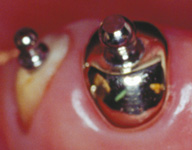 Clinic Phase 2: Fixing
Clinic Phase 2: Fixing
Check if the coping cover fits on the root, remove and clean all parts.
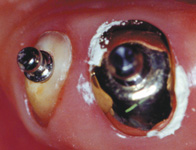 Clinic Phase 2: Fixing
Clinic Phase 2: Fixing
Fix the coping cover with cement. Once the cement is hard, the spring blocks itself inside and becomes a unique body with the post.
 Available in 2.5 mm and 1.6 mm diameters, the Pivot Block post has a fixed ball and can be used for transition solutions or as a permanent attachment. The OT CAP line completes the attachments, working over the titanium balls to ensure optimal retention and to minimize wear. There are five levels of retentive caps available in different colors.
Available in 2.5 mm and 1.6 mm diameters, the Pivot Block post has a fixed ball and can be used for transition solutions or as a permanent attachment. The OT CAP line completes the attachments, working over the titanium balls to ensure optimal retention and to minimize wear. There are five levels of retentive caps available in different colors.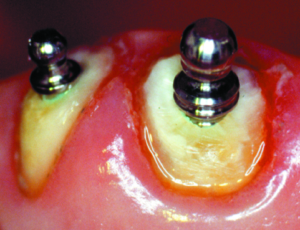


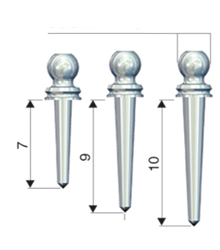
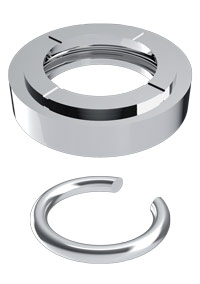
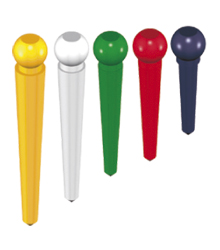
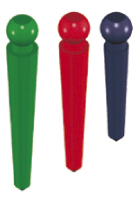

 To be used on Titanium posts a Flex and Block for aligning and attaching the retention caps in parallel (as much as possible) on a mobile prosthesis, while in the mouth of the patient.
To be used on Titanium posts a Flex and Block for aligning and attaching the retention caps in parallel (as much as possible) on a mobile prosthesis, while in the mouth of the patient.



 Temporary post fixed with oxyphosphate cement.
Temporary post fixed with oxyphosphate cement. To remove the post from the root, grab the sphere with the pincers and rotate carefully in both directions.
To remove the post from the root, grab the sphere with the pincers and rotate carefully in both directions. The post comes out easily due to the conical and smooth shape.
The post comes out easily due to the conical and smooth shape. Clinic Phase 1: Impression
Clinic Phase 1: Impression Clinic Phase 1: Impression
Clinic Phase 1: Impression Clinic Phase 2: Fixing
Clinic Phase 2: Fixing Clinic Phase 2: Fixing
Clinic Phase 2: Fixing